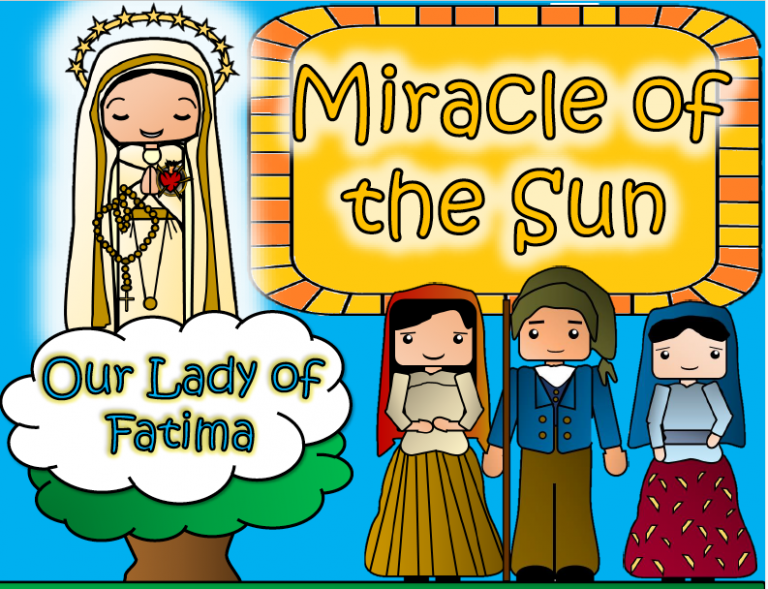About the Saints
In this section, we present the lives of a number of Saints, as well as a Indigenous Saints.
St. Ignatius of Loyola
Saint Ignatius of Loyola, was a Spanish Basque Catholic priest and theologian, who together with Peter Faber and Francis Xavier founded the religious order called the Society of Jesus and became its first Superior General at Paris in 1541.
Explore the Spiritual Exercises of St Ignatius with an audio series from Pray as you go here…
Watch this commentary on St. Ignatius by Fr. James Martin, SJ.
FEAST of St. Ignatius of Loyola
Explore more about his journey from soldier to saint (via a small incident with a canon ball) in this animation
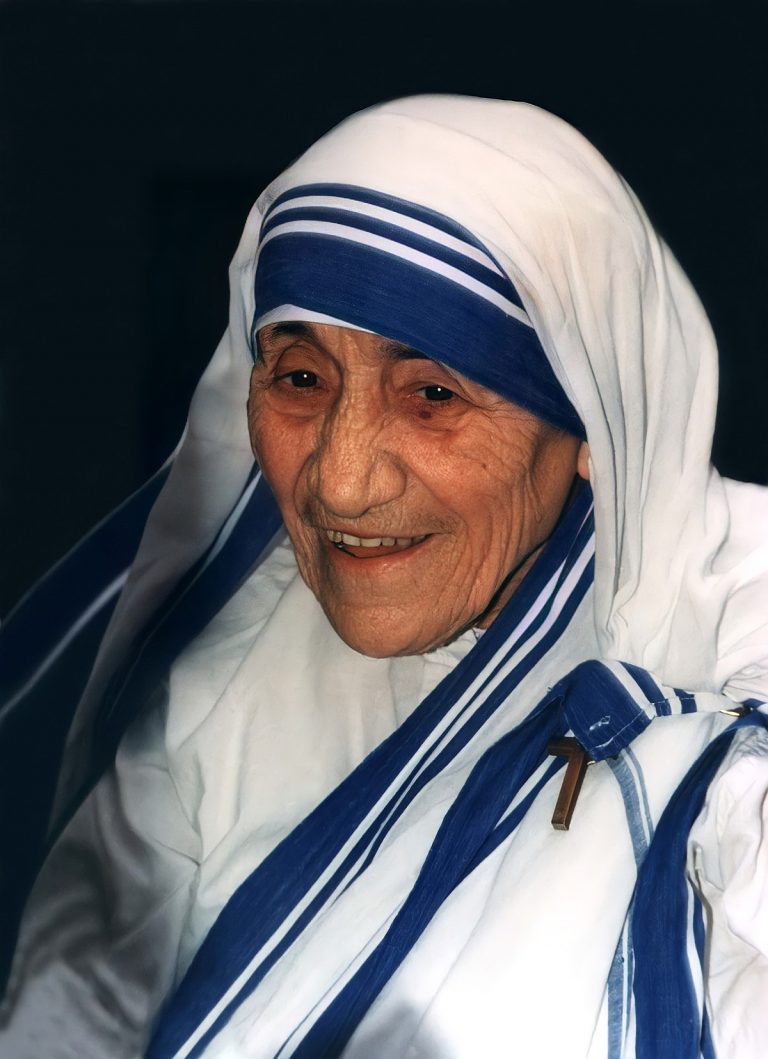
Mother Teresa of Calcutta
Agnes Gonxha Bojaxhiu felt her first religious calling at age of 12. Took the name of Sr. Mary Teresa of the Child Jesus when she applied to join the Sisters of Loretto.
She began to teach in India, coming face to face with abject poverty. Teresa and her spiritual director had an idea to found a new order in service to those in poverty. Her new order was formed, and Teresa went to live with the poor, becoming poor herself.
In her struggles, she experienced a sense of the Lord’s absence after she has founded her order. She writes in her account:
“In my soul I feel just that terrible pain of loss, of God not wanting me, of God not being God, of God not really existing.”
What do you think this means? What was God trying to tell her?
St. Therese of Liseux
Carmelite nun (entered at age of 15), following her sister – died young at 24. She was known as “Little Therese” (and more recently “The Little Flower”).
She early years was difficult with death of her mother. She was absolutely “terrified of everything” – “Weighed and found wanting”.
– She was healed physically and mentally when she gazed upon the Virgin Mary and saw her smile. Hence she received God’s grace.
– Her father’s words on Christmas eve were heartbreaking but God’s grace allowed her to cope.
“The little way”: The way that any simple believer could follow – becoming a “little child” in the eyes of God. In her words: “Jesus deigned to show me the road that leads to this Divine Furnace [of God’s love] and this road is the surrender of the little child who sleeps without fear in its Father’s arms.” She was voice of Love in the Church.
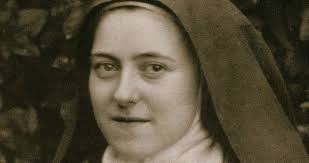
For young viewers, have a look at this video of St. Therese of Liseux:
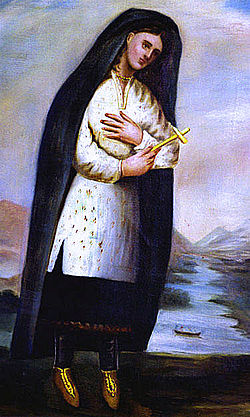
Blessed Kateri Tekakwitha
Kateri Tekakwitha (pronounced [ˈɡaderi deɡaˈɡwita] in Mohawk), given the name Tekakwitha, baptized as Catherine[2][3] and informally known as Lily of the Mohawks (1656 – April 17, 1680), is a Catholic saint who was an Algonquin–Mohawk laywoman. Born in the Mohawk village of Ossernenon, on the south side of the Mohawk River in present-day New York State, she contracted smallpox in an epidemic; her family died and her face was scarred. She converted to Catholicism at age nineteen, when she was baptized and given the Christian name Kateri in honor of Catherine of Siena. Refusing to marry, she left her village and moved for the remaining five years of her life to the Jesuit mission village of Kahnawake, south of Montreal on the St. Lawrence River in New France, now Canada.
Prayer to St. Kateri Tekakwitha:
“Saint Kateri Tekakwitha, our elder sister in the Lord, discreetly, you watch over us; May your love for Jesus and Mary inspire in us words and deeds of friendship, of forgiveness, and of reconciliation. Pray that God will give us the courage, the boldness, and the strength to build a world of justice and peace among ourselves and among all nations.
Help us, as you did, to encounter the Creator God, present in the very depths of nature, and so become witnesses of Life.
With you, we praise the Father, the Son and the Spirit. Amen. Holy founders of the Church in North America. Pray for us.”
Kateri Tekakwitha is the first Native American to be declared a Saint. She is the patroness of the environment and ecology, as is St. Francis of Assisi.
St. Martin de Porres
(this entry by Lyse Rowledge)
St. Martin de Porres was a mixed race son of a freed slave and Spanish nobleman. He had a hard time as a child – his father wasn’t in his life and he was treated badly because of his skin colour. But Martin committed to serving others; in fact, his nickname was ‘Brother Broom’. He never had a lot of money so begged for the money to feed many poor and sick people.
St. Martin became famous for joyfully curing the sick. Although he never left his birthplace of Lima, Peru, sick people in other countries said that they saw him! He helped everyone in need whether black or white, rich or poor.
St. Martin teaches us to:
- do simple things for God, ex. chores
- love everyone, even if they’re not nice or fair to you
- trust that God will take care of you
Below is a picture of St. Martin you can colour.
https://www.dropbox.com/s/lud1t5siac1k95l/Saint%20Martin%20de%20Porres.pdf?dl=0
For older kids, the 2nd page of the other attachment is a comic strip about St. Martin’s life.
https://www.dropbox.com/s/bdjt8455d5eh0hf/St.%20Martin%20de%20Porres%20comic.pdf?dl=0
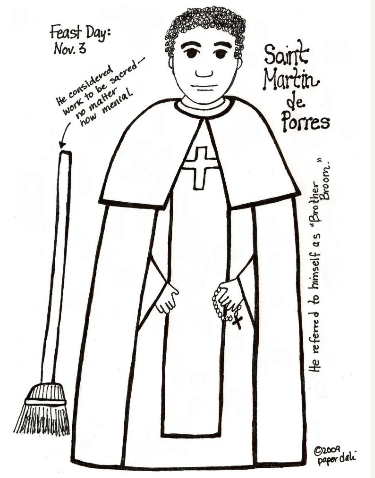
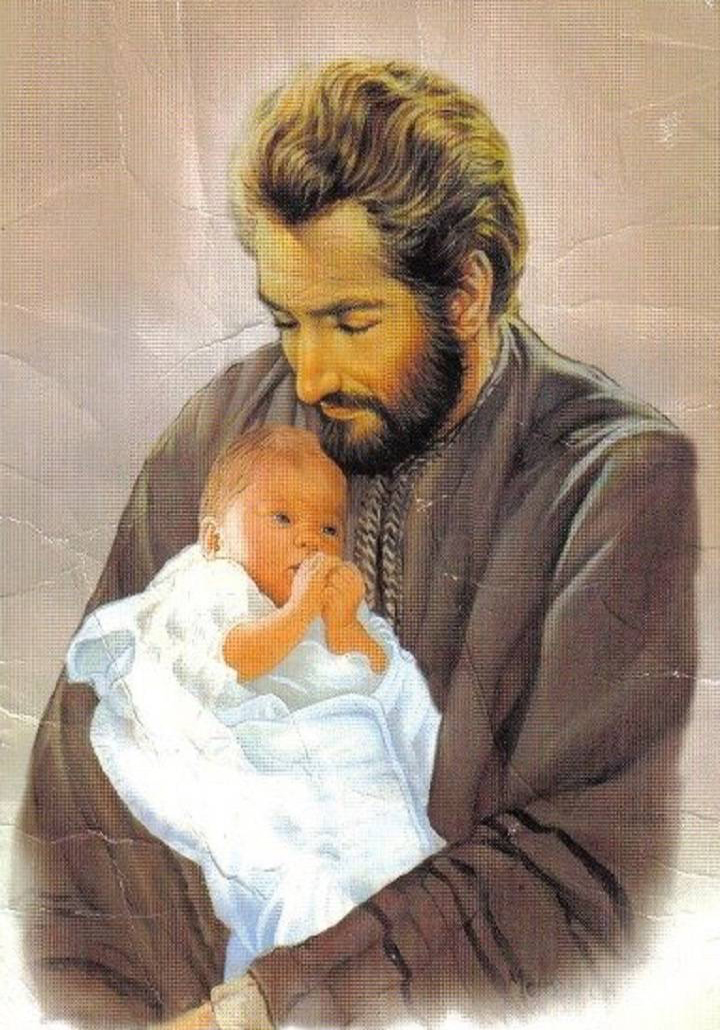
Prayer to St. Joseph
from Pope Francis’ Prayer to Saint Joseph:
Blessed Joseph, Guardian of the Redeemer,
Spouse of the Blessed Virgin Mary.
To you, God entrusted his only Son;
in you, Mary placed her trust;
with you, Jesus grew through the love of family life.
Blessed Joseph, to us too,
show yourself a father
and guide us in the path of life.
Obtain for us grace, mercy and courage,
To imitate you in our vocations,
Drawing us all together in Christ,
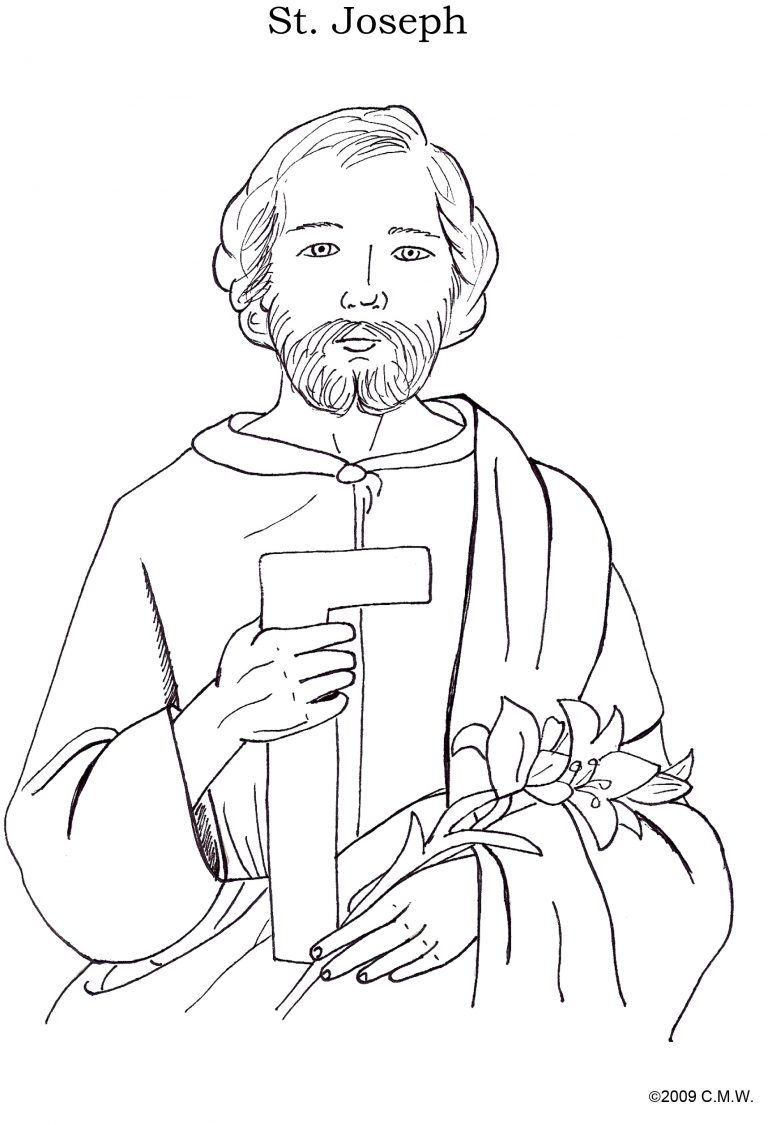
St. Joseph
(Entry by C. Lindholm, 28-Apr-2022)
Look to Him and Be Radiant also put together a page with a Litany to St. Joseph, which reminds of Joseph and his many strengths (from https://www.looktohimandberadiant.com/2021/01/resources-for-year-of-st-joseph.html):
And a bonus – a quote from John Paul II on Joseph the worker (from https://www.looktohimandberadiant.com/2017/05/st-joseph-worker.html)
Mary, Holy Mother of God
(Entry by Lyse Rowledge, 06-May-2022)
The story of Our Lady of Fatima. Click on image above for full story.
St. Anne and St. Joachim
St. Jean de Brébeuf
St. Jean de Brébeuf was a French Jesuit missionary born on March 25, 1593, in Condé-sur-Vire, France. He traveled to New France (present-day Canada) in 1625, where he dedicated his life to evangelizing the Huron people.
Brébeuf immersed himself in Huron culture, learning their language and customs to better connect with them. He faced numerous challenges, including harsh living conditions, illness, and conflicts with other tribes and European settlers. Despite these hardships, he was known for his deep faith, compassion, and determination.
In addition to his missionary work, Brébeuf played a significant role in documenting Huron language and culture. His efforts included translating Christian texts and creating dictionaries, which were vital for future missionaries.
Tragically, in 1649, during the Iroquois attacks on the Huron, Brébeuf was captured and tortured to death, displaying remarkable courage and faith. He was canonized as a saint by Pope Pius XI in 1930 and is now recognized as one of the Canadian martyrs. His feast day is celebrated on September 26.

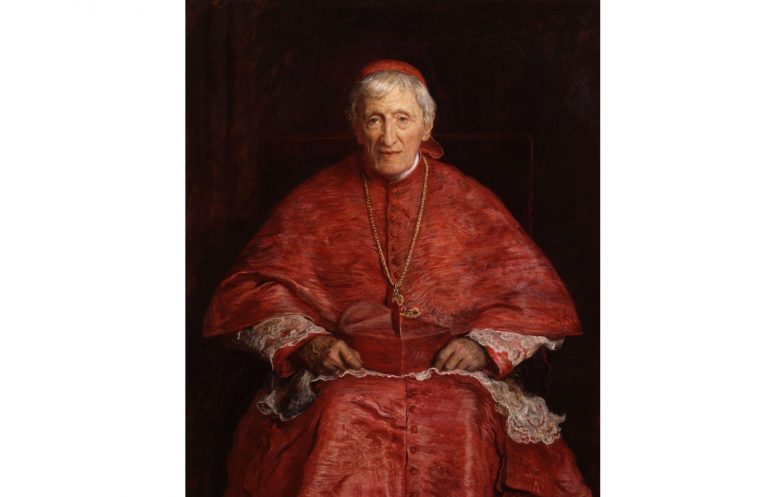
St. John Henry Newman
Born in London in 1801, he was for over twenty years an Anglican clergyman and Fellow of Oriel College, Ox-ford. His studies of the early Church led him progressively towards Catholicism, and in 1845 he embraced “the one true fold of the Redeemer”. In 1847 he was ordained priest and went on to found the Oratory of St Philip Neri in England. He was a prolific and influential writer on a variety of subjects. In 1879 he was created Cardinal by Pope Leo XIII. Praised for his humility, unstinting care of souls and contributions to the intellectual life of the Church, he died in Birmingham on 11 August 1890.
